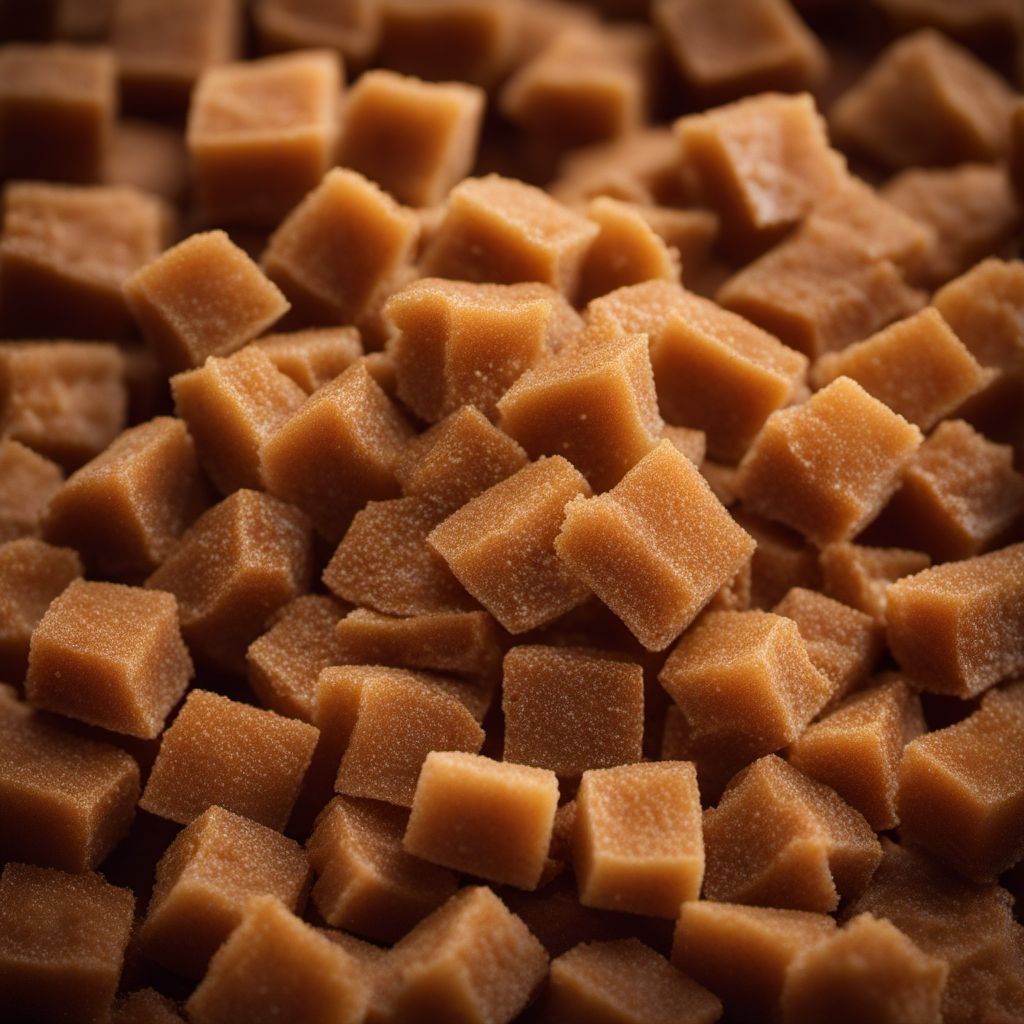
Ingredient
Brown sugar flavour
Sweet and Rich: Unveiling the Essence of Brown Sugar Flavour
Brown sugar flavour is characterized by its deep, molasses-like taste and a rich, golden-brown color. It has a moist texture and a slightly sticky consistency. The flavour is sweet and complex, with hints of caramel and toffee. When used in cooking or baking, it imparts a warm and comforting aroma, making it a popular choice for desserts, sauces, and marinades. Its versatility allows it to be used in both sweet and savory dishes, adding depth and complexity to the overall flavor profile.
Origins and history
Brown sugar flavour originated from the process of refining sugarcane or sugar beets. It has been used for centuries in various cuisines around the world. The production of brown sugar involves the addition of molasses to white sugar, giving it its distinctive flavor and color. This technique was developed in the 19th century and became popular due to its affordability and unique taste. Brown sugar flavour has since become a staple ingredient in many traditional recipes, particularly in baking and confectionery.
Nutritional information
Brown sugar flavour contains approximately 15 calories per teaspoon. It is a source of carbohydrates and provides a small amount of minerals such as calcium, iron, and potassium.
Allergens
Brown sugar flavour does not contain any known allergens.
How to select
When selecting brown sugar flavour, look for a brand that uses high-quality ingredients and has a rich, aromatic scent. Opt for a product that is free from lumps and has a consistent texture. Additionally, choose a variety that suits your desired level of sweetness, as some brands offer light or dark brown sugar flavours with varying intensities.
Storage recommendations
To maintain the freshness and quality of brown sugar flavour, store it in an airtight container in a cool, dry place. Avoid exposure to moisture, as it can cause the sugar to harden. If the sugar becomes lumpy, simply break up the clumps with a fork or use a food processor to restore its texture.
How to produce
Brown sugar flavour is typically produced by combining molasses with white sugar. However, as a flavoring, it is not commonly produced at home.
Preparation tips
Brown sugar flavour can be used in a variety of ways. It is commonly used in baking to add moisture and a rich flavor to cookies, cakes, and muffins. It can also be used in sauces, glazes, and marinades to enhance the taste of savory dishes such as barbecue ribs or teriyaki chicken. When measuring brown sugar flavour, pack it firmly into the measuring cup to ensure accurate quantities. To prevent it from hardening, you can place a slice of bread or a damp paper towel in the container.
Substitutions
Dark brown sugar or muscovado sugar can be used as substitutes for brown sugar flavour. These alternatives have a similar taste and texture, providing a comparable depth of flavor to dishes.
Culinary uses
Brown sugar flavour is commonly used in baking, particularly in recipes such as chocolate chip cookies, cinnamon rolls, and gingerbread. It is also a key ingredient in caramel sauces, glazes for ham or salmon, and sweet and sour sauces. Additionally, it can be sprinkled over oatmeal, yogurt, or fruit for added sweetness and flavor.
Availability
Brown sugar flavour is widely available in grocery stores and supermarkets worldwide.
More ingredients from this category » Browse all

Figs dried flavour
The Sweet Essence of Dried Figs

Tea green flavour
The Enchanting Elixir: Unveiling the Delicate Flavors of Green Tea
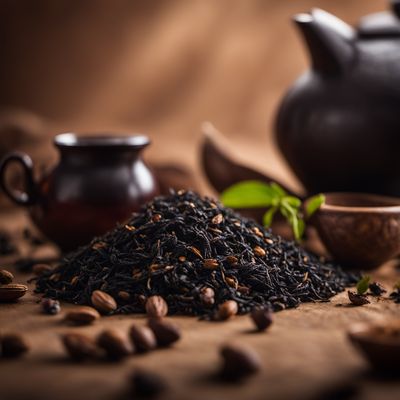
Tea black flavour
The Dark Elixir: Unveiling the Richness of Black Tea
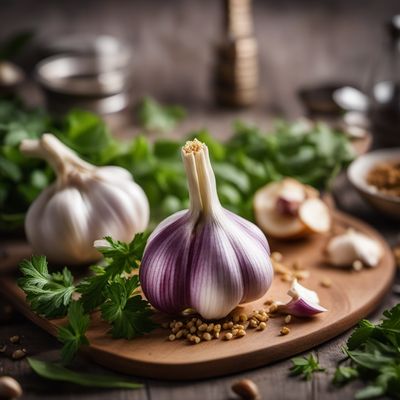
Herb & garlic flavour
Aromatic Harmony: Unveiling the Magic of Herb & Garlic Infusion
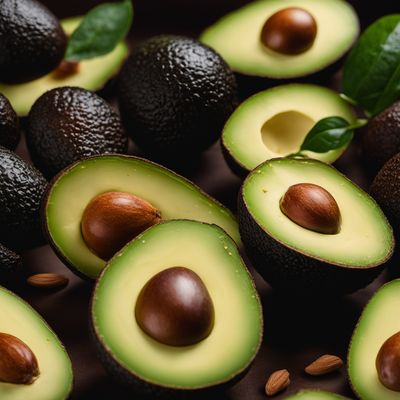
Avocado flavour
The Creamy Green Essence

Smoke flavour
The Essence of Smokiness
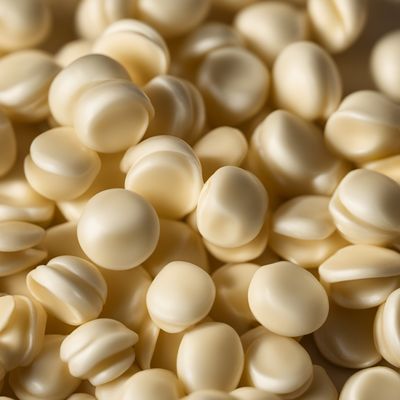
Vanilla flavour
The Sweet Essence: Unveiling the Magic of Vanilla Flavour

Honey-cinnamon-flavored flavour
Sweet and Spicy Symphony: The Magic of Honey-Cinnamon-Flavored Flavour

Quark flavour
The Creamy Delight: Exploring the Flavors of Quark
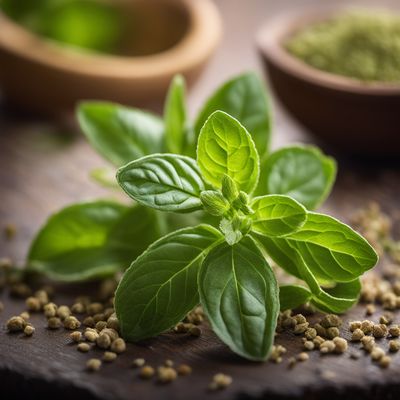
Oregano flavour
The Herbaceous Allure of Oregano

Macadamia flavour
"The Nutty Elixir: Unveiling the Delightful Macadamia Flavor"

Prune flavour
The Rich and Velvety Prune Flavor